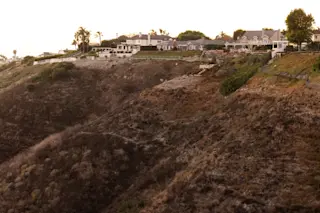Back in May, when executives from BP, Halliburton, and Transocean were hauled in front of Congress to account for the Gulf of Mexico disaster, it was a merry-go-round of blame. With BP publishing online its own internal investigation into the accident this week, it's more of the same.
BP's report is far from the definitive ruling on the blowout's causes, but it may provide some hint of the company's legal strategy — spreading the blame among itself, rig owner Transocean, and cement contractor Halliburton — as it faces hundreds of lawsuits and possible criminal charges over the spill. Government investigators and congressional panels are looking into the cause as well. [AP]
BP cites eight different places where the accident of April 20 aboard the Deepwater Horizon drilling rig could have been prevented, but points the finger mostly away from itself. One of those problems, it says, was with the workers ...














